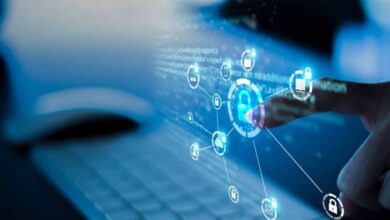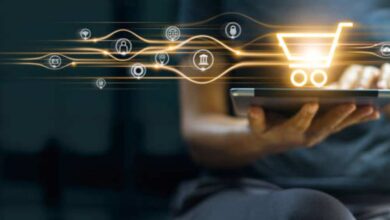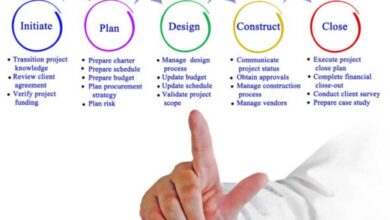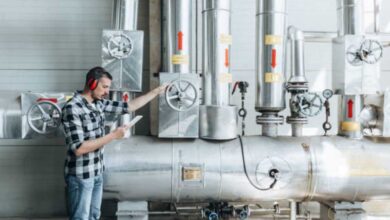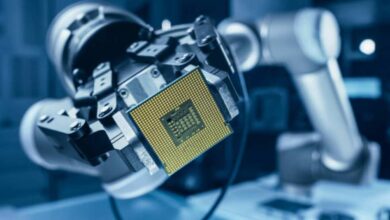The Internet of Things (IoT) has seamlessly woven itself into the fabric of our daily lives, connecting everyday objects to the internet and redefining how we interact with the world around us. In this comprehensive exploration, we delve deep into the realm of IoT, uncovering its inner workings, diverse applications, and the challenges it poses. Join us on this journey as we unravel the fascinating tapestry of IoT. If you have a passion for technology, make sure to keep up with geekpedia.com for current news and insights in the tech world.
IoT in Smart Homes
IoT technology has seamlessly integrated into smart homes, bringing a new level of convenience and automation to our daily lives. Smart homes are equipped with interconnected devices and sensors that enable homeowners to effortlessly control and monitor their surroundings.
One of the most remarkable aspects of IoT in smart homes is its ability to enhance energy efficiency. Smart thermostats, for instance, can learn your preferences and adjust the temperature accordingly, leading to significant energy and cost savings. Similarly, smart lighting systems can be programmed to turn off when no one is in the room, contributing further to reduced energy consumption.
Moreover, IoT has revolutionized home security. Surveillance cameras, doorbell cameras, and motion sensors can all be connected to a central hub, allowing homeowners to monitor their property even when they are away. This level of security and peace of mind was previously unimaginable.
IoT in Healthcare
The impact of IoT in healthcare is nothing short of revolutionary. It has ushered in a new era of patient care and health management, significantly enhancing the quality of medical services. IoT devices and sensors play a pivotal role in remotely monitoring patients, especially those with chronic conditions. This means that healthcare professionals can receive real-time data on patients’ vital signs and adjust their treatment plans accordingly, providing personalized and timely care.
Furthermore, IoT-enabled medical devices, such as insulin pumps and pacemakers, are equipped with connectivity features that allow them to transmit crucial data to healthcare providers. This capability ensures that healthcare professionals are alerted promptly in case of any abnormalities or emergencies, enabling them to take swift and life-saving actions.
The benefits of IoT in healthcare extend beyond patient care. It streamlines hospital operations, from inventory management to equipment maintenance. Smart hospital systems can track the availability of essential supplies and devices, ensuring that healthcare facilities run efficiently and cost-effectively.
IoT in Agriculture
One of the key advantages of IoT in agriculture is its ability to provide farmers with valuable insights into their crops and livestock. IoT sensors can monitor soil moisture levels, temperature, humidity, and nutrient content, enabling farmers to optimize irrigation and fertilizer use. This not only conserves resources but also leads to higher crop yields and better quality produce.
In livestock management, IoT devices can monitor the health and well-being of animals. Smart collars, for instance, can track the location and behavior of cattle, while wearable health monitors can provide real-time data on vital signs. This helps farmers identify potential health issues early, leading to improved animal welfare and increased productivity.
Furthermore, IoT in agriculture has revolutionized the concept of predictive maintenance. Smart machinery and equipment can monitor their own condition and performance, flagging potential issues before they become major problems. This reduces downtime, lowers maintenance costs, and ensures that farming operations run smoothly.
IoT in Industry (IIoT)
One of the fundamental aspects of IIoT is predictive maintenance. Industrial equipment, such as turbines, pumps, and manufacturing machinery, can be equipped with sensors that continuously monitor their performance. These sensors collect data on temperature, vibration, and other critical metrics, allowing businesses to predict when maintenance is needed. As a result, companies can schedule maintenance activities proactively, reducing unplanned downtime and preventing costly breakdowns.
Additionally, IIoT enables the creation of “smart factories” where automation and data-driven decision-making are paramount. By integrating sensors and devices across the production line, manufacturers can gain real-time insights into the manufacturing process. This leads to improved quality control, enhanced production efficiency, and the ability to adapt quickly to changing market demands.
Supply chain management has also been greatly impacted by IIoT. With real-time tracking and monitoring of inventory, goods in transit, and warehouse operations, businesses can optimize their logistics, reduce lead times, and ensure on-time deliveries. This level of transparency and control over the supply chain is invaluable in today’s competitive market.
Conclusion
As we conclude our journey through the world of IoT, it is evident that this transformative technology is here to stay. With its far-reaching impact on smart homes, healthcare, agriculture, and industries, IoT continues to shape the way we live and work. Embracing the potential and addressing the challenges, we pave the way for a future where the Internet of Things is an integral part of our connected world, enhancing our lives and driving innovation.



